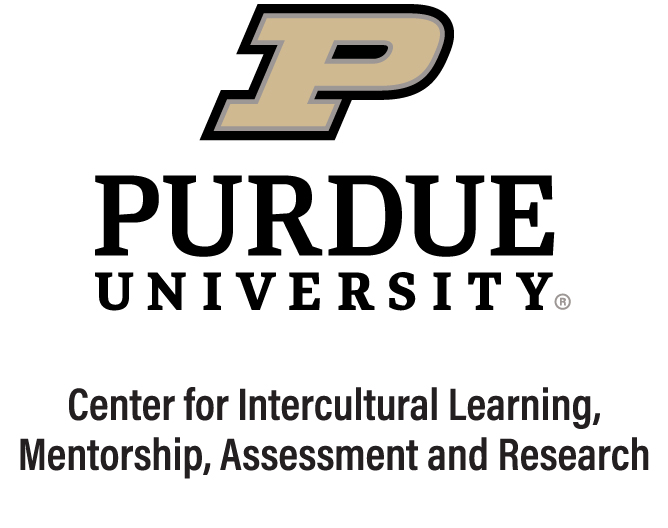Courses
Intercultural Instruction in the Virtual Context
Originally a part of the Virtual Track of the Intercultural Pedagogy Grant Workshop Training Series, the four sections of this module pull from the asynchronous portion of the training and introduce foundational knowledge of the various contexts, approaches, and technologies useful in facilitating intercultural instruction in virtual contexts.
Introduction
This self-learning module was originally a part of the Virtual Track of the Intercultural Pedagogy Grant Workshop Training Series. The four sections of this module pull from the asynchronous portion of the training and introduce foundational knowledge of the various contexts, approaches, and technologies useful in facilitating intercultural instruction in virtual contexts. In each section you’ll be asked to reflect upon ways you already approach virtual instruction, what advantages and challenges come with virtual instruction, and ways to leverage those advantages and address challenges. Along the way, you’ll be introduced to virtual tools and technology, as well as ways to structure your program for the most impact. Next, pulling from the synchronous training workshop, you’ll have an opportunity to listen in on a candid discussion of these topics by peers working to develop their own virtual curricula and programing. Finally, this module will provide additional resources grouped into helpful categories aimed at helping you find the resources and information you need to be successful in creating virtual instruction for intercultural learning.
Description
The Warm-up section will introduce the context of intercultural learning framed in a virtual context like virtual exchange or remote/distance learning courses. Participants will share their past experiences and previous knowledge.
The Read section provides an overview of Virtual Exchange and Global Learning. This is followed by two short reading assignments designed to allow users to customize their selection according to their own needs and connections to the types of programs they may be planning.
The Watch section introduces a sample of existing virtual programing available on the commercial market, often referred to as “turn-key” solutions for programing. This is followed by a critical reflection on the pros and cons to be considered when selecting such program offerings.
The Meet section provides a recording of a Workshop discussion on intercultural learning in the virtual context. In this video, faculty and staff at various points in the planning of virtual curricula and programs discuss the following topics: problems and challenges, pedagogical approaches, backward curriculum design, tips and strategies, and best practices.
The Resources section is divided into seven categories that provide additional support materials and resources.
-
Synchronous and Asynchronous
-
Problems and Challenges
-
Pedagogical Approaches
-
Recommended Readings
-
Tech and Platforms
-
Pre-Course Materials
-
Lesson Planning
Learning Objectives
-
As a result of the first section, participants will be able to: 1. Explore existing or previous knowledge and practices in order to frame their understanding of the topic.
-
As a result of the second section, participants will be able to: 1. Share insights from their selected readings; including ways of structuring and assessing a program, analyzing data, and then 2. Identify gaps in the scholarship.
-
As a result of the third section, participants will be able to 1. Consider criteria for evaluating a turn-key product, such as cost.
-
As a result of the fourth section, participants will be able to: 1. Reflect on approaches to virtual curriculum design and lesson planning. 2. Improve communication of learning expectations to students using multiple approaches in the virtual context, and 3. Develop methods for attending to the emotional needs of students with consideration of the limitations presented by virtual instruction.
-
As a result of the fifth section, participants will be able to 1. Identify resources that meet their specific needs in regard to developing virtual instruction of intercultural learning.
